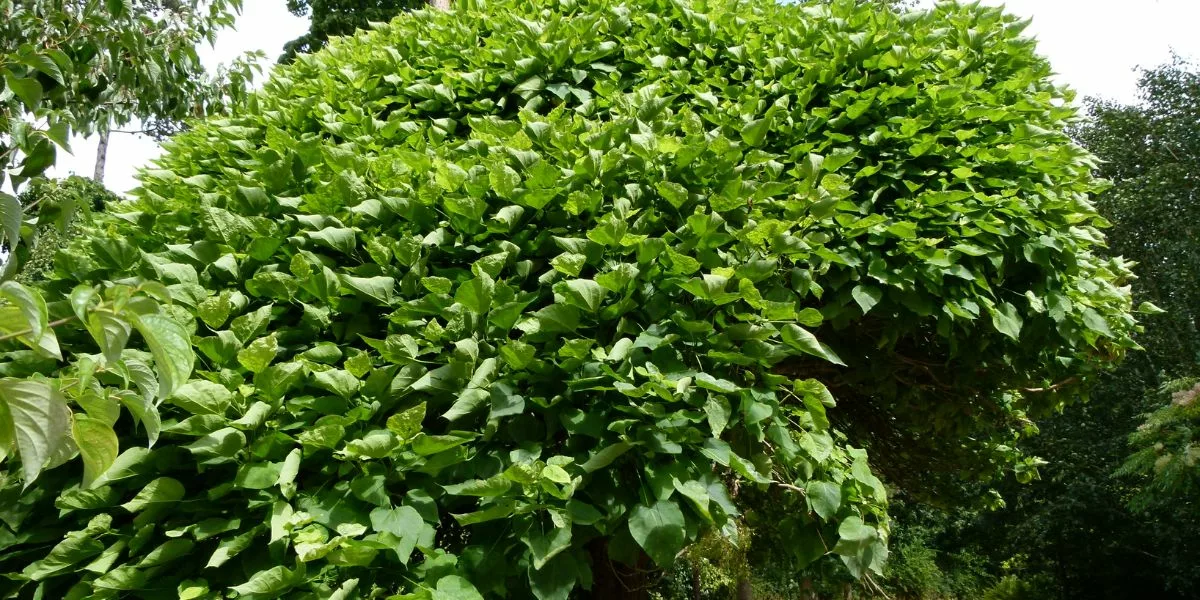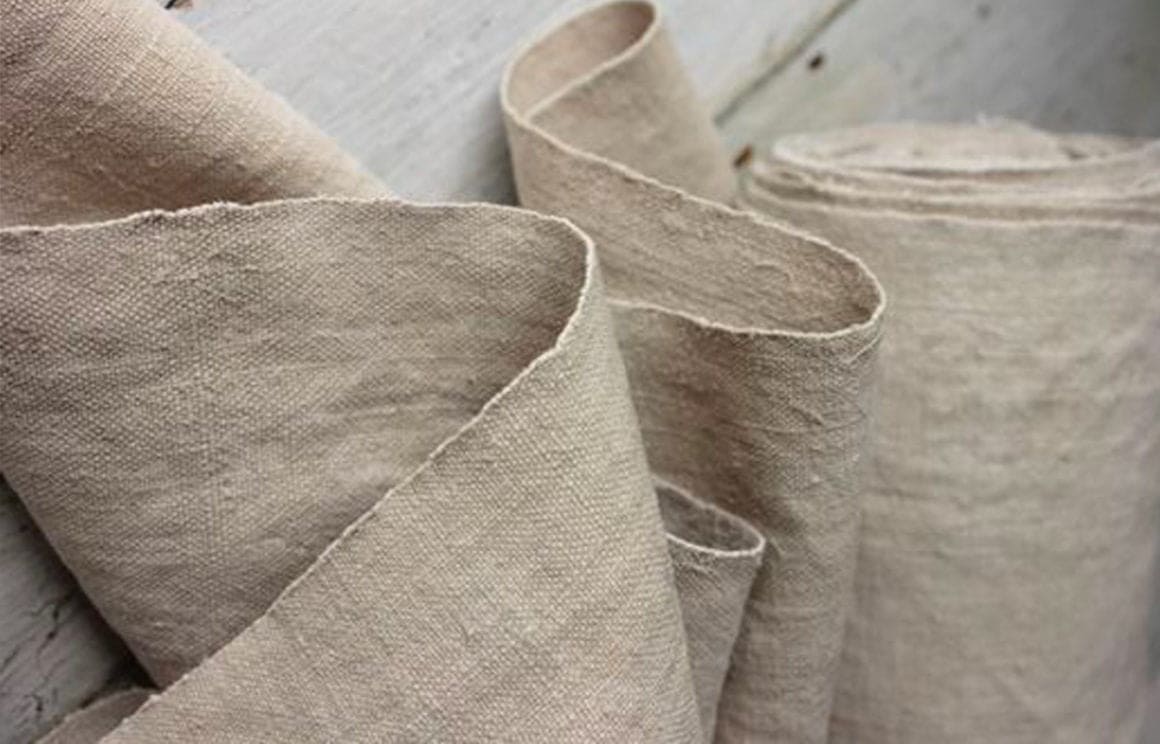Ever wondered about the perfect tree that not only beautifies your backyard but also supports the environment? Meet the Catalpa tree—nature’s multitasker.
The Catalpa tree isn’t just another pretty face in your garden. Its large, heart-shaped leaves and showy white flowers add an exotic, lush look that instantly elevates the aesthetic of any outdoor space. But beyond its visual appeal, every aspect of the Catalpa serves a functional purpose. The broad leaves provide generous shade, making your garden cooler and more comfortable in the summer months. This natural cooling effect can even reduce the need for artificial air conditioning, contributing to energy savings and a smaller carbon footprint.
With its unique characteristics and undeniable charm, the Catalpa tree stands out as a top choice for eco-conscious gardeners and landscapers. Whether you’re aiming for a tropical-themed garden, pollinator haven, or a natural landscape, the Catalpa tree has something special to offer.
Whether you’re an avid gardener or just starting out, adding a Catalpa tree to your landscape is a choice that benefits both you and the environment. Here’s everything you need to know about it!
General Characteristics of Catalpa Trees
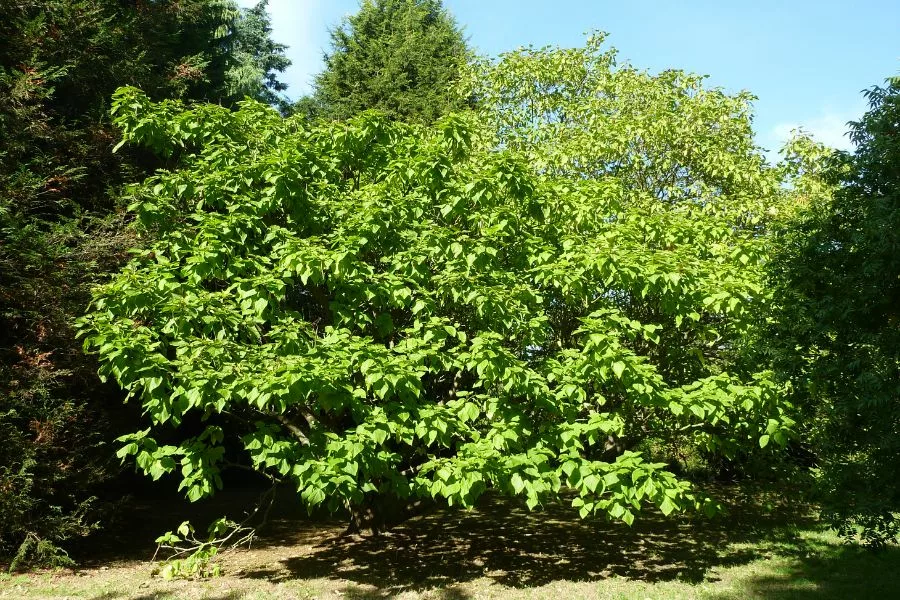
Catalpa trees are as functional as they are eye-catching. Blooming in late spring, they are known for their large, heart-shaped leaves and striking white flowers that feature intricate purple and yellow markings. These blooms aren’t just for show—they play a vital role in attracting pollinators, making Catalpa trees a key player in supporting local ecosystems.
Catalpas thrive in hardiness zones 5 to 8, although some species can tolerate even colder or warmer climates. With the potential to reach up to 60 feet in height and 40 feet in width, these trees make a bold statement in any landscape. Their growth rate is medium to fast, meaning you won’t have to wait long to enjoy the shade and beauty they provide. And if space is a concern, don’t worry—there are smaller varieties that offer the same benefits without taking over your yard.
Key Species of Catalpa
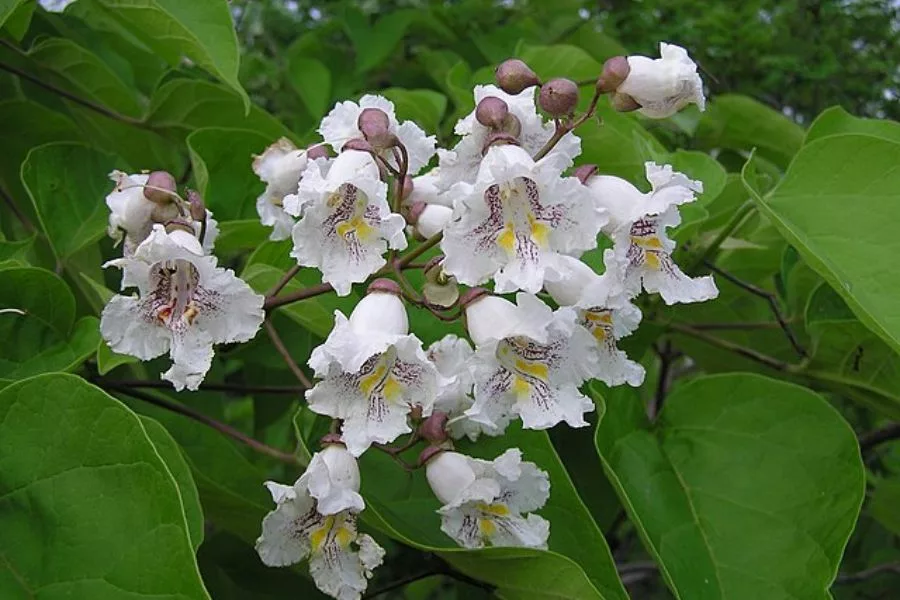
When it comes to Catalpa trees, variety is one of their greatest strengths. Whether you need a tree that can withstand harsh winters or one that thrives in hot, arid conditions, there’s a Catalpa species that fits the bill.
Southern Catalpa (C. bignonioides)
Native to the Gulf Coast and southeastern U.S., the Southern Catalpa is well-loved for its resilience and adaptability. It thrives in moist, rich soils but is versatile enough to handle a range of soil conditions. This species is easily identified by its large, heart-shaped leaves and showy white flowers adorned with purple and yellow speckles. After the flowers fade, they give way to long, slender seed pods—hence the nickname “Cigartree.” With hardiness in zones 5 to 9, the Southern Catalpa is a robust choice for a variety of landscapes.
Read more about the fruits of C. bignonioides.
Hardy Catalpa (C. speciosa)
The Hardy Catalpa is the go-to choice for those living in colder regions. Native to areas from southern Illinois to northern Arkansas, this species can withstand harsh winters, thriving in zones 4 to 8. The Hardy Catalpa is larger and more resilient than its southern cousin, making it a popular choice for those looking for a tree that can handle tougher conditions. It prefers moist, fertile soils but is not fussy—this tree can adapt to less-than-ideal environments, making it a versatile option for many gardens.
Other Catalpa Species and Relatives

The Catalpa family has some interesting relatives that bring their own unique flair to the table. Take the Willowleaf Catalpa (Chilopsis linearis), for example. Native to the American Southwest, this smaller tree is perfect for hot, dry climates (zones 7 to 9) and offers a diverse range of flower colors, from soft pinks to deep purples. It’s an excellent choice for those who want the beauty of a Catalpa but in a more compact, drought-resistant package.
Another fascinating relative is the Chitalpa (Chitalpa tashkentensis), a hybrid between the Southern Catalpa and Willowleaf Catalpa. This tree combines the best of both worlds: the lush foliage and large flowers of the Catalpa, with the drought resistance and smaller size of the Willowleaf Catalpa. It’s a great choice for those looking for a tree that’s both beautiful and adaptable, thriving in zones 6 to 9.
Catalpa Trees in Your Backyard Landscaping
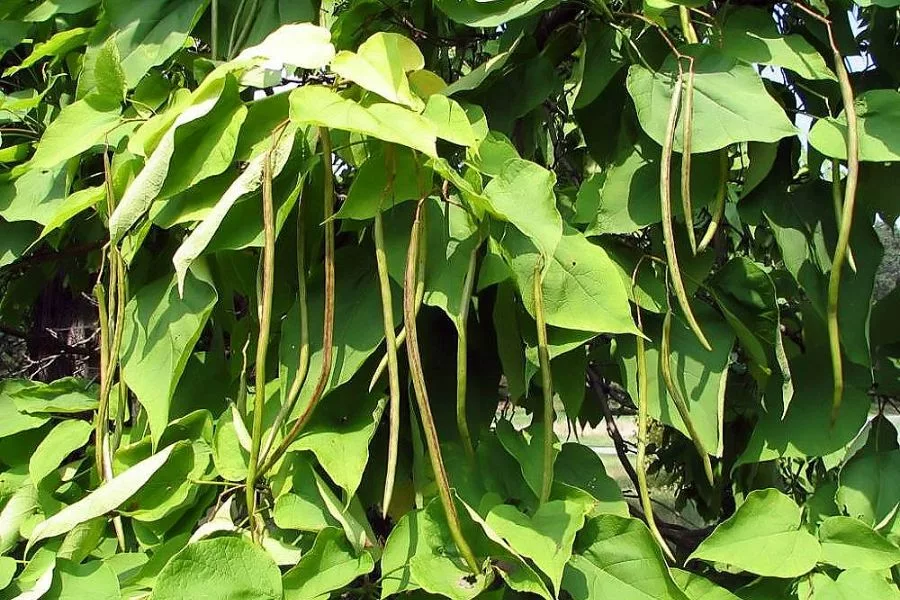
Catalpa trees aren’t just practical—they’re downright stunning. With their large, symmetrical canopies, these trees are perfect for providing ample shade, while their exotic-looking foliage adds a touch of the tropics to any garden. Imagine lounging in the cool shade of a Catalpa tree on a hot summer day, surrounded by the vibrant greens of its heart-shaped leaves. It’s a picture of tranquility and beauty that’s hard to beat.
A Pollinator’s Paradise
But there’s more to Catalpa trees than just good looks. Their flowers are a magnet for pollinators, attracting bees, butterflies, and hummingbirds. If you’re aiming to create a pollinator-friendly garden, Catalpa trees are an excellent choice. By planting a Catalpa, you’re not just enhancing your own backyard—you’re supporting local wildlife and contributing to a healthier ecosystem. Every bloom brings life to your garden, creating a buzzing hub of activity that benefits the environment.
Versatility in Design
When it comes to design, Catalpa trees are incredibly versatile. Their large leaves and dramatic form make them ideal backdrops for tropical houseplants, creating a lush, layered effect in your garden. Whether you’re aiming for a vibrant, tropical aesthetic or something more structured, Catalpas can adapt to your vision.
If you’re looking to create a more structured appearance, Catalpas can be pruned or coppiced, encouraging the growth of larger leaves and a shrubbier habit. This pruning method not only enhances the tree’s foliage but also allows you to shape the tree to fit your landscaping style. This flexibility makes them suitable for a variety of landscaping styles, from formal gardens with neat, well-defined lines to more naturalistic, wild spaces where the tree’s natural form can be fully appreciated.
Catalpa trees offer a unique blend of beauty, function, and ecological benefits, making them an outstanding choice for any backyard. Whether you’re creating a tranquil retreat or a bustling pollinator haven, Catalpas can transform your outdoor space into a thriving, sustainable paradise.
How To Plant Catalpa Trees At Home?
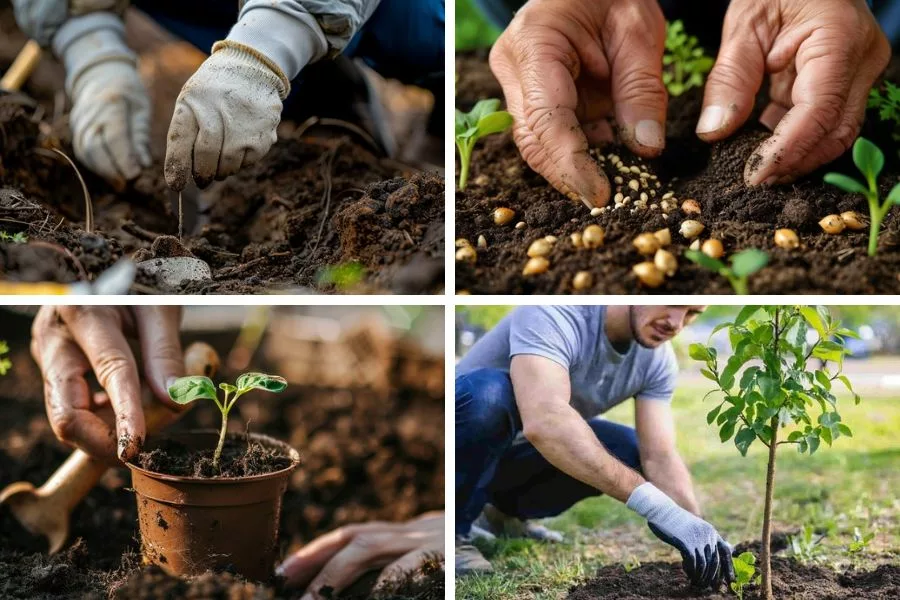
So, you’ve decided to add a Catalpa tree to your garden—great choice! This hardy and beautiful tree will not only enhance your landscape but also support local wildlife. To ensure your Catalpa thrives, follow this step-by-step guide for successful planting and establishment.
Step 1: Site Selection
The first and most crucial step is choosing the right location for your Catalpa tree. These trees prefer full sun to part shade, meaning they should receive at least six hours of direct sunlight each day, though they can tolerate some afternoon shade, especially in hotter climates. Catalpas are adaptable to a variety of soil types but thrive best in well-drained, moist soils. Avoid areas with poor drainage, as standing water can lead to root rot.
Given their potential size—up to 60 feet tall and 40 feet wide—select a location with plenty of space for the tree to grow to its full potential without crowding structures, other plants, or power lines. Keep in mind that Catalpa trees can develop large canopies, so place them where their shade won’t be an issue for sun-loving plants.
Step 2: Preparing the Planting Hole
Once you’ve selected the ideal site, it’s time to prepare the planting hole. For a container-grown or rooted cutting, dig a hole that is twice as wide and just as deep as the root ball. This allows the roots to spread out easily and establishes a strong foundation for the tree. If you’re planting from seed, the process will start differently, which we’ll cover in the next step.
Loosen the soil around the edges and bottom of the hole to make it easier for roots to penetrate the ground. If the soil is particularly heavy or clay-like, consider mixing in some organic compost to improve drainage and nutrient availability.
Step 3: Planting Methods
You have three primary methods for planting a Catalpa tree: starting from seed, using rooted cuttings, or planting a container-grown tree. Here’s how to approach each:
1. Starting from Seed:
- Seed Collection: Catalpa seeds are housed in long, thin pods that typically mature in late summer to fall. Collect these pods once they’ve dried and split them open to extract the seeds.
- Seed Preparation: You can plant the seeds directly in the soil or start them indoors in seed trays. If planting outdoors, wait until after the last frost in spring. Indoors, start the seeds about six to eight weeks before the last frost.
- Planting: Sow the seeds about ¼ inch deep in well-draining soil. Water lightly and keep the soil consistently moist until germination, which usually takes a few weeks. Once the seedlings are sturdy and about 6 inches tall, transplant them to their permanent location following the guidelines for container-grown trees.
2. Planting Rooted Cuttings:
- Cutting Preparation: If you’re using cuttings, select a healthy branch from an existing Catalpa tree in late spring or early summer. The cutting should be about 6-8 inches long with several leaf nodes.
- Rooting: Place the cutting in water or a moist, well-draining potting mix to encourage root development. This can take several weeks to months.
- Planting: Once the cutting has developed a robust root system, transplant it to your prepared site, ensuring the roots are spread out and not compacted in the soil.
3. Planting a Container-Grown Tree:
- Transplanting: Gently remove the tree from its container, being careful not to damage the roots. If the roots are tightly bound or circling the container, gently tease them apart to encourage outward growth.
- Planting: Place the tree in the center of the hole, making sure it sits at the same depth it was in the container. Backfill the hole with the excavated soil, pressing down gently to eliminate air pockets.
Step 4: Watering and Establishment
After planting, water the tree thoroughly to settle the soil and eliminate any remaining air pockets around the roots. For the first growing season, it’s crucial to keep the soil consistently moist but not waterlogged. Water deeply once or twice a week, depending on rainfall and soil conditions, to encourage deep root growth.
As the tree becomes established—usually after the first year—it will become more drought-tolerant. However, during prolonged dry spells, especially in hot climates, occasional deep watering will help maintain the tree’s health and vigor.
To further support your young Catalpa tree, consider applying a layer of mulch around the base, keeping it a few inches away from the trunk to prevent rot. Mulch helps retain moisture, regulate soil temperature, and suppress weeds.
Step 5: Ongoing Care and Maintenance
Catalpa trees are relatively low-maintenance once established, but a little care goes a long way in ensuring their long-term health. Regularly check for pests, diseases, and any signs of stress, especially in the first few years.
Prune the tree as needed to remove dead or damaged branches, and maintain its shape. As the tree grows, its needs for water and nutrients may increase, so be prepared to adjust your care routine accordingly.
By following these steps, you’ll set your Catalpa tree up for success, allowing it to grow strong and healthy, providing shade, beauty, and ecological benefits to your landscape for years to come.
How To Care For Catalpa Trees?
One of the biggest perks of Catalpa trees is their low-maintenance nature. They don’t demand much from you, but a little care goes a long way in keeping them healthy and beautiful. Regularly check for fallen leaves, branches, and seed pods, especially in the fall, to keep your garden tidy.
While Catalpa trees are generally resilient, they can be susceptible to certain pests and diseases. The most common pest is the Catalpa sphinx caterpillar, which can defoliate the tree if left unchecked. However, in most cases, the tree recovers without long-term damage. Other issues like leaf spots and powdery mildew can occur, but these are usually cosmetic and don’t severely impact the tree’s health.
To keep your Catalpa tree looking its best, occasional pruning may be necessary to remove dead or damaged branches. This not only improves the tree’s appearance but also helps maintain its overall health.
Popular Catalpa Varieties In The U.S.
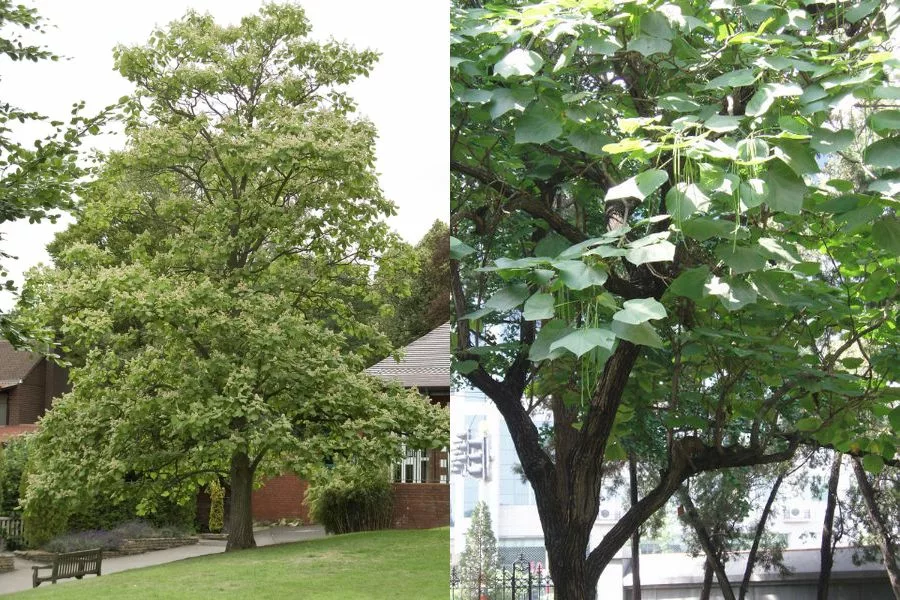
If you’re looking for a Catalpa tree with a twist, consider exploring some of the popular varieties that offer unique features:
- Compact Catalpa (C. bignonioides ’Nana’): This dwarf variety grows to a manageable 10–20 feet, making it perfect for smaller spaces. Its distinctive mushroom- or umbrella-shaped canopy adds a whimsical touch to any garden.
- C. bignonioides ’Aurea’: For those who love colorful foliage, this variety is a showstopper with its bronze new growth that matures into bright yellow leaves.
- C. speciosa ’Pulverulenta’: If you’re looking for something truly unique, this variety offers speckled leaves and a smaller growth habit, making it a conversation starter in any garden.
- C. x erubescens ’Purpurea’: This hybrid variety features deep green foliage and large white flowers with speckles, offering a striking contrast that adds visual interest to your landscape.
Summing Up!
Catalpa trees are more than just a pretty face—they’re a sustainable, low-maintenance option for any garden. With their ability to adapt to various climates, their support for pollinators, and their stunning visual appeal, Catalpa trees are a fantastic choice for anyone looking to make their outdoor space greener and more beautiful.
In addition to their ecological benefits, Catalpa trees offer considerable aesthetic appeal. Their large, heart-shaped leaves provide a lush, tropical look, while their distinctive, bean-like seed pods add interest throughout the year. In the fall, the foliage turns a beautiful golden yellow, adding a splash of color to the landscape. With their tall, majestic stature and unique features, Catalpa trees can serve as a focal point in any garden.
Whether you’re planting one tree or creating an entire landscape around them, Catalpas offer a blend of form and function that’s hard to beat. So, why not bring the beauty and benefits of a Catalpa tree into your garden? It’s a decision you—and the planet—won’t regret.
Excited to renovate your garden? We have another aesthetic choice to add to the lush greenery of your backyard. Read along.
Frequently Asked Questions (FAQs)
1. How fast do Catalpa trees grow?
Catalpa trees have a medium to fast growth rate, typically adding 1 to 2 feet in height per year. Under optimal conditions, they can reach up to 60 feet tall, making them a great choice for quickly establishing shade or creating a focal point in the landscape.
2. What soil conditions do Catalpa trees prefer?
Catalpas are highly adaptable to various soil types, thriving in moist, fertile soils but also tolerating less ideal conditions, including dry or poor soils. They can grow well in both sandy and clay soils, making them versatile for different garden settings.
3. Are Catalpa trees messy?
Yes, Catalpa trees can be somewhat messy due to their large leaves, brittle branches, and long seed pods that fall to the ground. While they are generally low-maintenance, cleaning up fallen debris is often the most time-consuming task associated with these trees.

